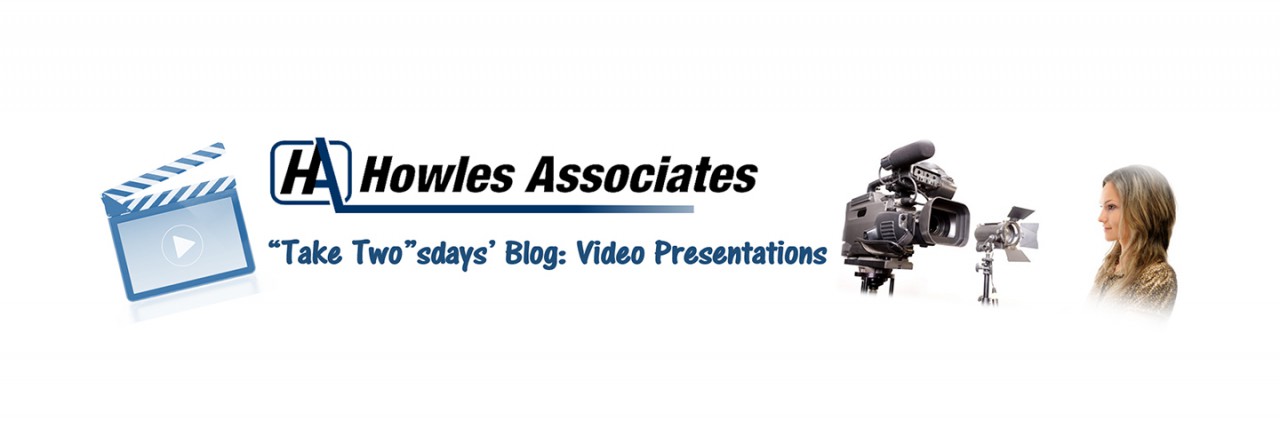
Have you ever struggled with how to write a good script? Do you know what makes an effective one? If you’ve ever thought about these questions, here are three key tips to help you write a script that will help you write and shoot a quality video.
TIP #1: Use Conversational Language
Remember one of the most important elements of video delivery is to be conversational. This means that when you speak on camera, not only should your delivery style be informal, fluent, and natural, but the words you use should be as well. Avoid scripting traditional “writing” words like “overall,” and “furthermore” in your script. When there’s a two cent word that does the job, opt for the smaller word instead. Also, consider weaving contractions into your script to add to the casual, conversational feel.
TIP #2: Show and Tell
When writing a script, the temptation is to “tell” the whole story. But sometimes we forget that video is a visual medium and the visual element should also be involved in revealing and unfolding the story. In the editing process, scan your script to find text references that could be shown visually instead of “telling.” Ideally, the spoken word and the visual frame will work together in the storytelling. There will be times when the visual is enough and other times when the on-camera talent speaks in front of a certain backdrop. The trick is to look carefully at your content and let the content determine when and where it makes sense to depict a scene visually, script it verbally with a presenter, or use both.
TIP #3: Pair Scene Descriptions with Text
It’s also helpful in your script to use a word processing software that allows you to create columns and rows. This way you can identify corresponding shots associated with scripted text for each scene. This helps clarify the length and content, as well as the shot list for the director. Creating a shot list in tandem with your verbal script, encourages you to think carefully about flow, pacing, length, consistency, and how to best illustrate the script. Always plan out the script and shot list together well ahead of video shoot day. Enlisting edits from a few trusted colleagues or friends (if you’re shooting the video alone) gives you additional perspective. Always have someone else edit your script and offer suggestions and feedback before your video shoot.
So the next time you sit down to write a script for video, remember to apply these key tips. Soon you’ll be on your way to leveraging both verbal and visual elements for great videos. Happy scripting!
What scripting tips do you use?

